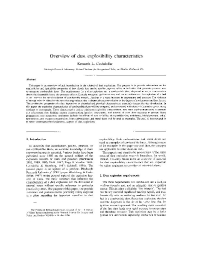 |
This paper is an overview of and introduction to the subject of dust explosions. The purpose is to provide information on the explosibility and ignitability properties of dust clouds that can be used to improve safety in industries that generate, process, use, or transport combustible dusts. The requirements for a dust explosion are: a combustible dust, dispersed in air, a concentration above the flammable limit, the presence of a sufficiently energetic ignition source, and some confinement. An explosion of a fuel in air involves the rapid oxidation of a combustible material, leading to a rapid increase in temperature and pressure. The violence of an explosion is related to the rate of energy release due to chemical reactions relative to the degree of confinement and heat losses. The combustion properties of a dust depend on its chemical and physical characteristics, especially its particle size distribution. In this paper, the explosion characteristics of combustible dusts will be compared and contrasted with those of flammable gases, using methane as an example. These characteristics include minimum explosible concentration, maximum explosion pressure, maximum rate of pressure rise, limiting oxygen concentration, ignition temperature, and amount of inert dust necessary to prevent flame propagation. The parameters considered include the effects of dust volatility, dust particle size, turbulence, initial pressure, initial temperature, and oxygen concentration. Both carbonaceous and metal dusts will be used as examples. The goal of this research is to better understand the fundamental aspects of dust explosions.
| Author(s): | Cashdollar-KL |
| Reference: | J Loss Prev Process Ind 2000 May 13(3-5); :183-199 |
odec (PDF, 583 KB)